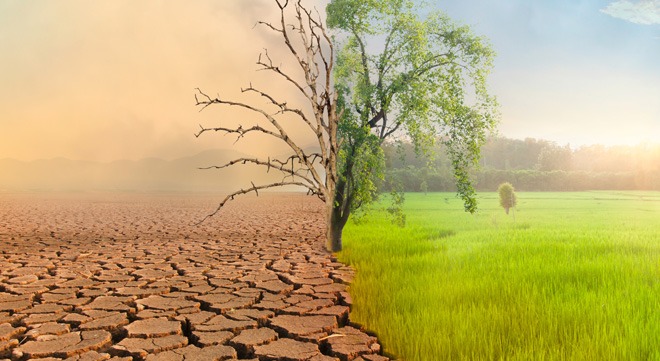Climate change is posing the most significant threat to the sustainability of non-life insurers. This was one of the key takeouts from Soul Abraham, the chief executive for Retail at Old Mutual Insure, who spoke at the recent African Insurance Exchange Conference.
“The sector has already witnessed numerous casualties, with several non-life insurers offering personal and commercial lines of insurance being forced to shut down due to escalating risks,” said Abraham. “Further casualties are inevitable if all stakeholders do not contribute to mitigating climate change risks.”
According to Abraham, the increasing frequency and intensity of smaller catastrophic events have imposed substantial costs on the South African insurance industry. He said this has led to some insurers, particularly in high-risk areas such as KwaZulu-Natal, to withdraw from markets prone to flooding. Insurers have withdrawn significantly from the state of California because of flooding or wildfires.
Abraham outlined several strategies available to non-life insurers to address these challenges.
“Insurers must develop innovative methods to accurately quantify climate-related risks, enabling appropriate policy pricing and underwriting,” he said.
“In addition, premium adjustments are necessary to reflect higher risks, especially in regions more susceptible to climate events like flooding and wildfires. However, insurers must also recognise the economic climate that policyholders find themselves in and balance this with the critical safety net that insurance provides.”
Selective coverage decisions
Abraham shared his insights on how insurers can navigate the growing risks associated with climate change. He explained that insurers might need to make selective coverage decisions on a suburb-by-suburb or property-by-property basis, turning down new business in overexposed areas.
“In extreme cases, insurers could withdraw from high-risk areas altogether, although this should only be considered as a last resort,” Abraham noted.
He also discussed Old Mutual Insure’s proactive approach to managing climate risks. The company uses innovative data sources and AI-enabled analytics to understand climate impacts and integrate these insights into its risk models.
“We utilise satellite imagery to monitor emerging wildfire risks and location-specific flood data to inform our underwriting decisions,” Abraham explained. These enable Old Mutual Insure to make more informed and strategic decisions in its risk management processes.
Impact of uninsured individuals
Another risk in the South African context is the societal impact of many millions of uninsured individuals, he added.
According to Swiss Re data, 71% of the South African population remains uninsured by the short-term insurance industry, leaving personal property unprotected against climate damage. It attributes this significant protection gap to disparities in purchasing capacity and willingness to buy insurance. Globally, protection gaps vary, with developed countries showing gaps from 21% in the United Kingdom to 56% in Germany, while India has one of the highest at 91%.
“When a significant proportion of a country’s population are not insured, it means that in the event of a climate catastrophe, the government bears the burden of rebuilding and repairing the damage done to the affected area. But governments globally, and in South Africa, are financially strained when providing relief or covering losses from extreme weather events, affecting financial stability.”
Abraham highlighted the broader implications of this gap.
“A large protection gap hampers economic recovery following disasters, reducing an economy’s resilience. Recent catastrophes, such as the earthquakes in Turkey, Syria, and Morocco, and the wildfires in Maui, have underscored the severe human and economic impact of the insurance protection gap.
“The collective effort of insurers, policymakers, and the public is crucial in ensuring that the impacts of climate change remain manageable and that we can sustain a viable future for all,” he said.



